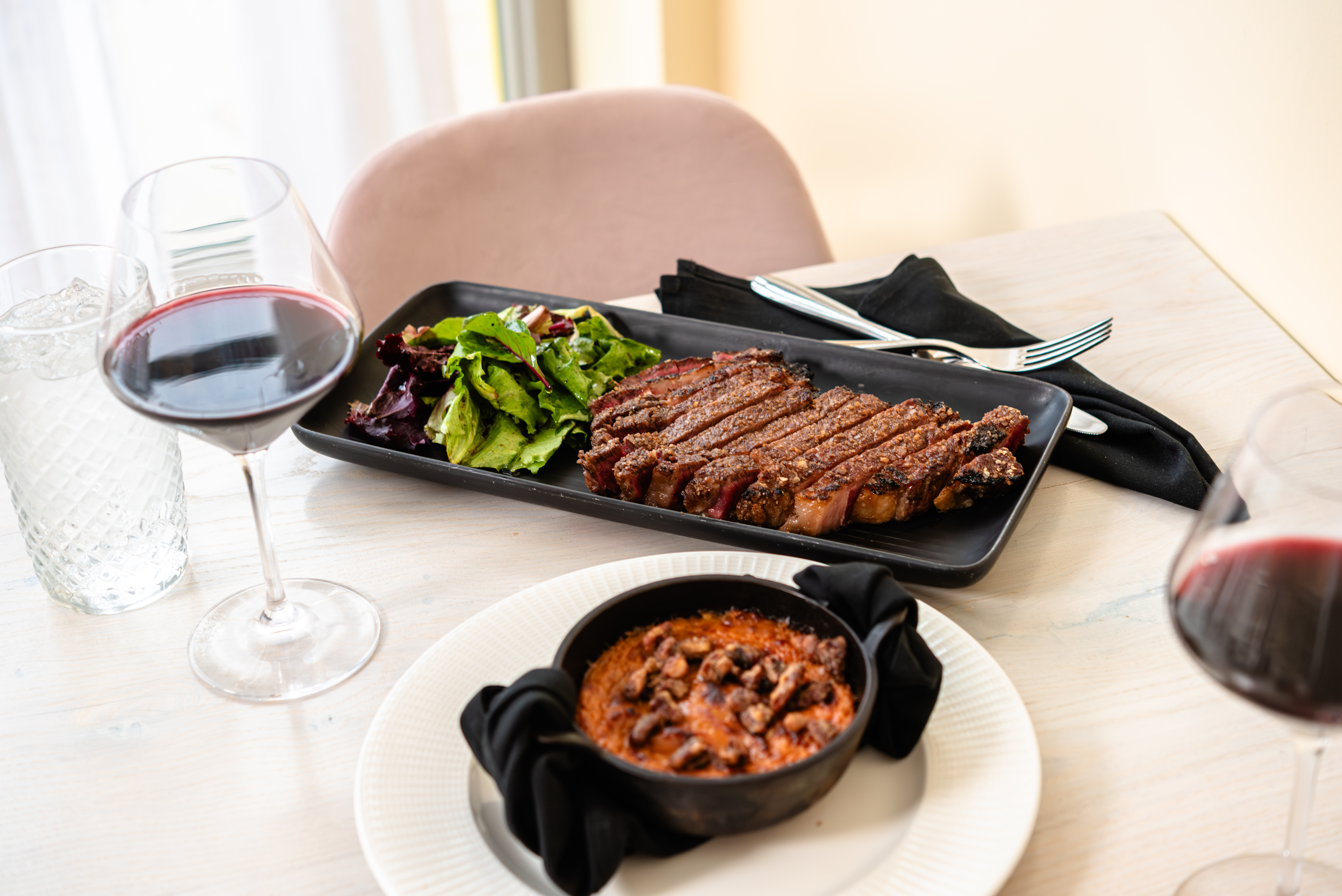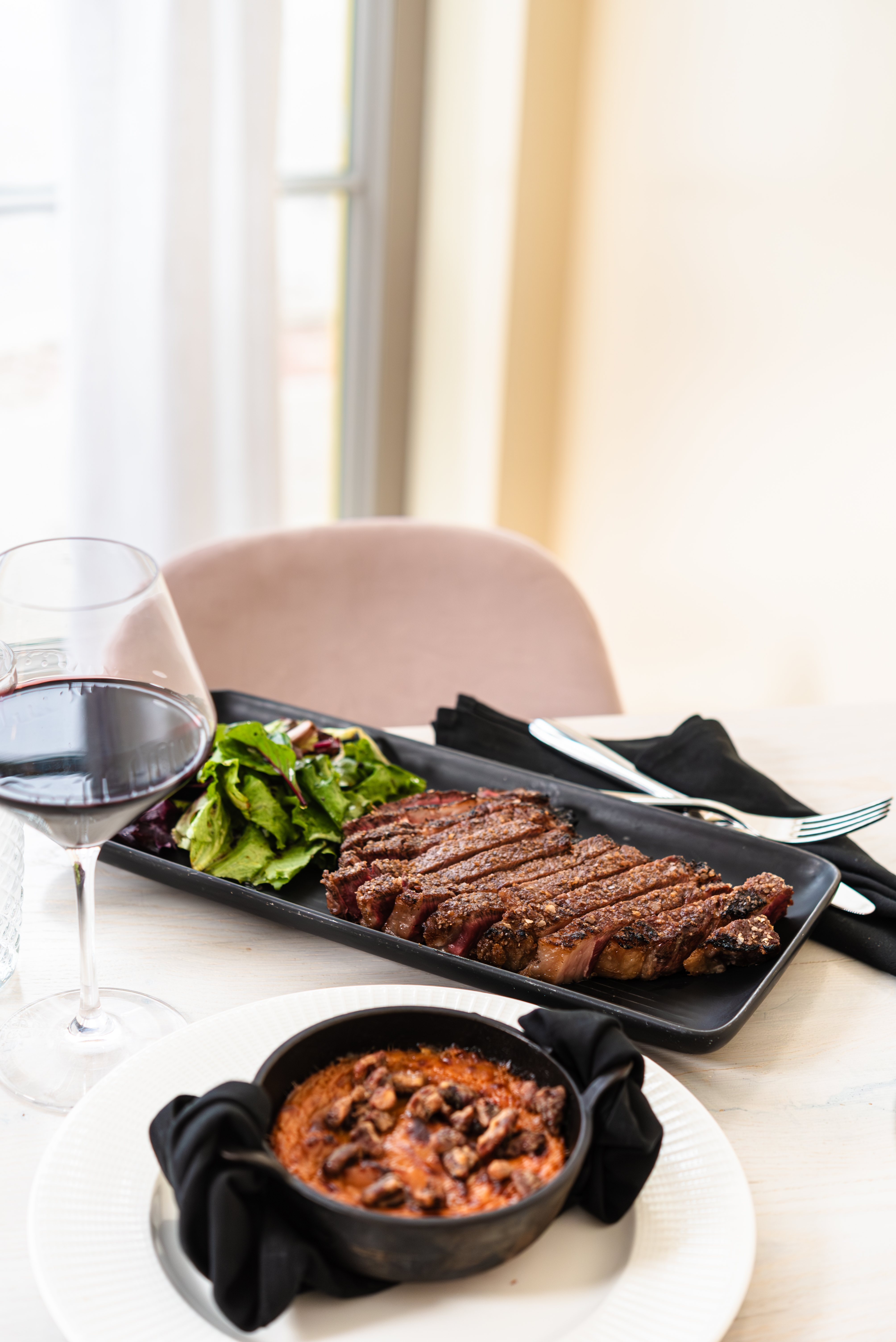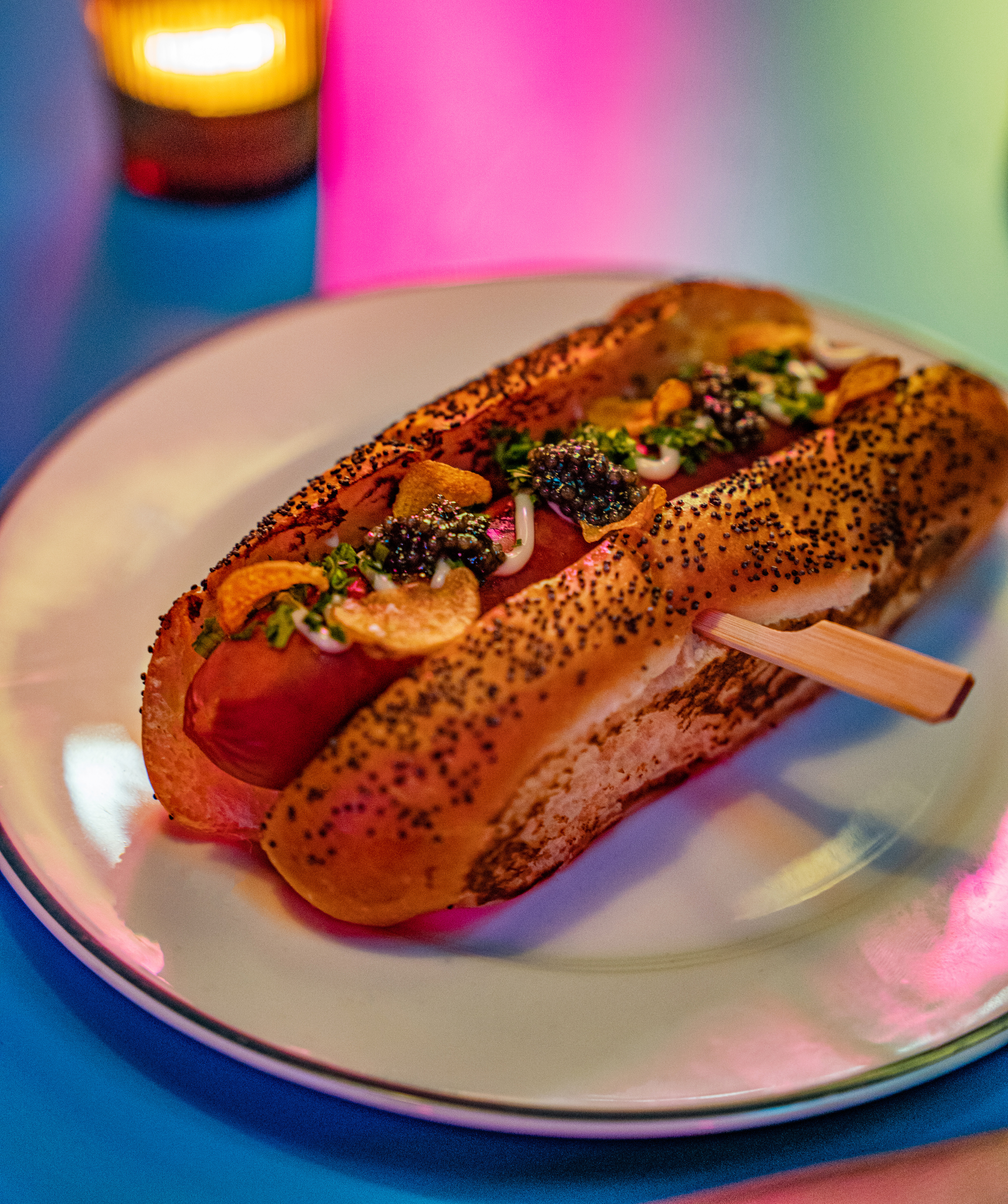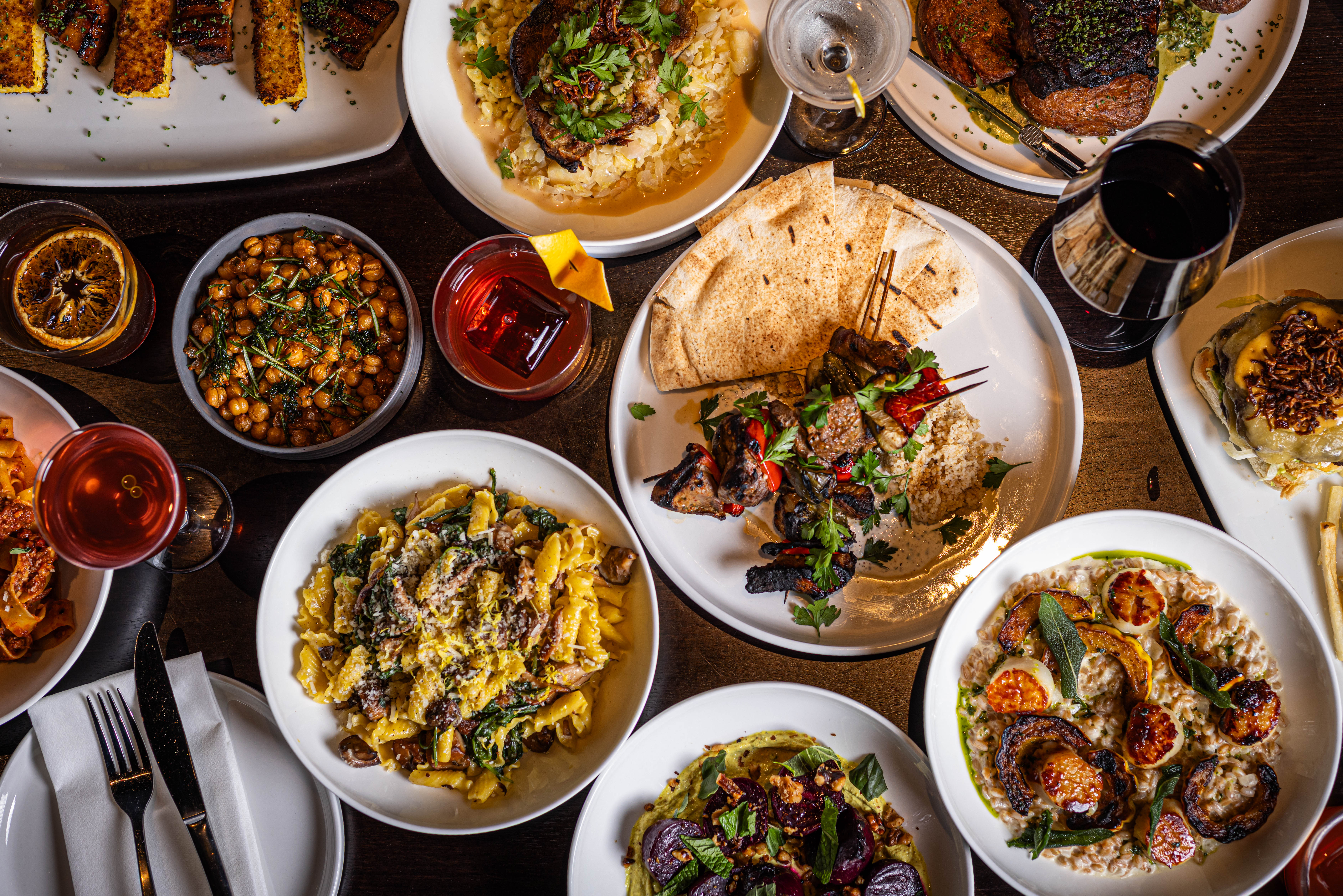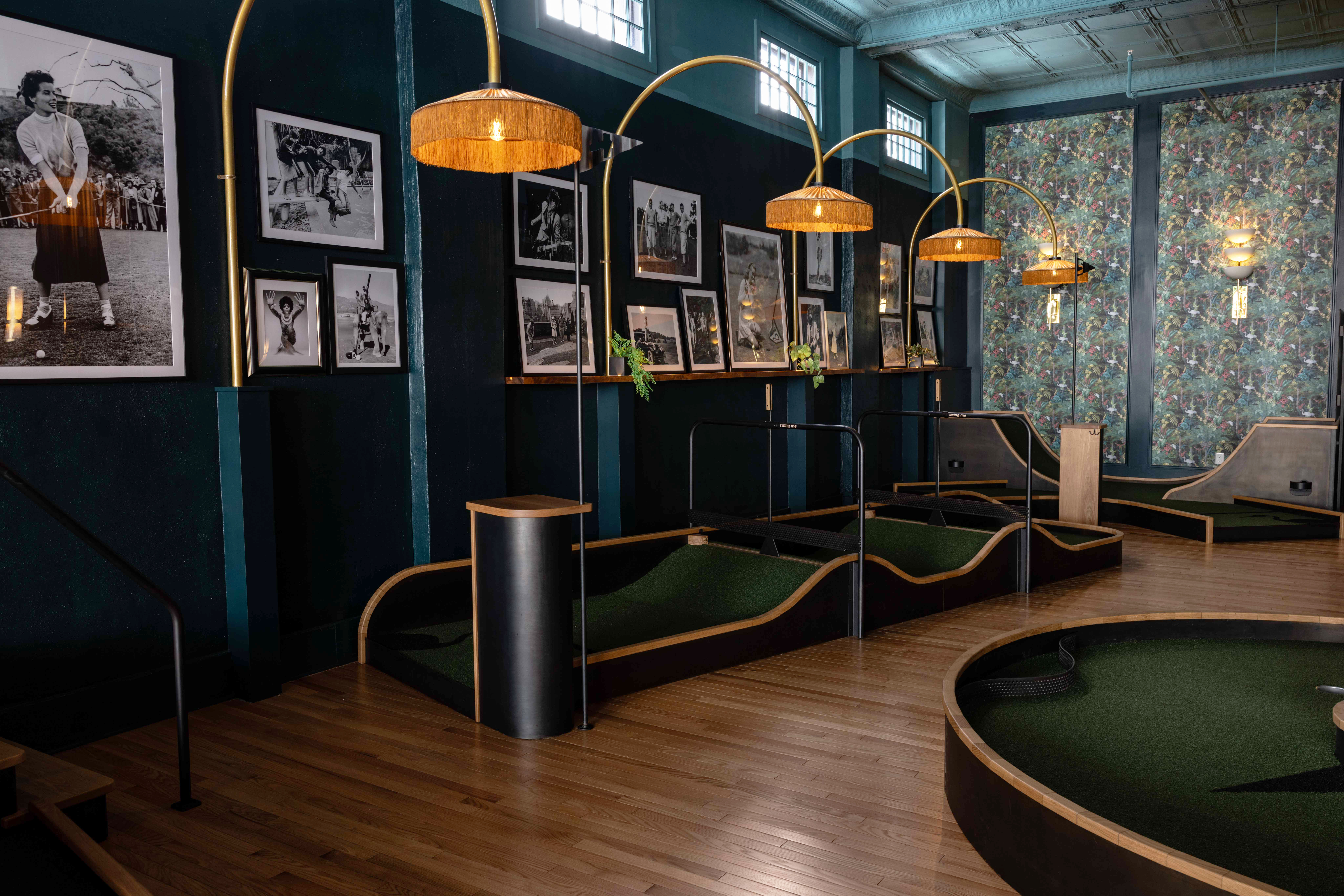Beer Guide: Local Brewers Make A Case For Craft Beers
by Dillon Stewart | Nov. 1, 2017 | 1:00 PM
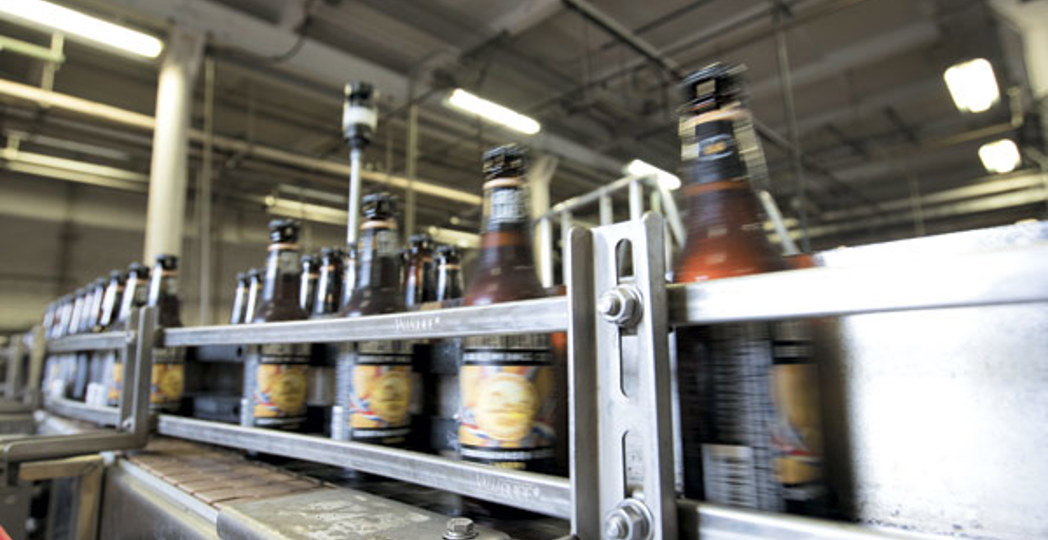
Karin McKenna
It’s OK if you order a Bud Light at Ohio City’s Market Garden Brewery. But next to a bottle of America’s most popular beer, you’ll also receive a shot glass-sized sample of a similar style of beer such as Market Garden’s Progress Pilsner or Nano OG Lager. As part of owner Sam McNulty’s bartender training program, this kind of sip-by-sip crusade has helped craft beer account for more than one in every five beers sold in America.
“We’re in the business of converting Bud, Miller and Coors drinkers into craft beer drinkers,” McNulty says. “There’s plenty of room for the industry to grow if we continue to chip away at those.”
No doubt, something is brewing in Cleveland. Of the 366 craft breweries in Ohio — a state that ranks fifth in production — Northeast Ohio currently has more almost 100. Despite the challenges of the pandemic, 47 breweries opened in Ohio in 2020, many in Northeast Ohio. Great Lakes Brewing Co. recently began operations of a new canning line and warehouse in Strongsville, and has been innovating new on-trend brands such as Hazecraft Hazy IPA, Crushworthy Lo-Cal Citrus Wheat, and TropiCoastal Tropical IPA.
When Pat and Dan Conway opened Great Lakes Brewing Co. in 1988, the craft beer landscape looked much different. Credited with sparking revitalization in Ohio City and reintroducing the Christmas Ale genre, Great Lakes was the first craft brewery in Ohio. Slowly and steadily, the brewery has grown from a seven-barrel system putting out less than 1,000 barrels a year to the 22nd largest craft brewing company in 2021.
“Craft beer was still a pretty small segment back then,” says Pat Conway. “Today, it’s very crowded.”
But while the options might be overflowing, there’s a kinship among local brewers. If a one needs an ingredient in a bind, he or she can call another — like a neighbor asking for sugar. McNulty has even invited brewers into Nano Brew Cleveland for collaborations, and his staff and the Great Lakes crew often share advice on equipment and technique.
“The brewing community here is really great,” says John McGroarty, head brewer at Butcher and the Brewer. “It’s truly a brotherhood of people who want to help each other out.”
Eventually though, collaboration ferments into competition, and many brewers are trying to figure out at what point a high tide becomes a flood.
“Where it’s getting really crowded is production breweries that bottle and can,” McNulty says. “There’s only so much room on the shelves.”
If a boom does become a bubble, every dollar spent on craft is a vote for micro over macro. It’s a vote for Ronald Shea, who left his job as a corporate chemist to follow his homebrewer dreams, for the 250-plus gallons of tropical fruit that go into a batch of Saucy Brew Works’ Punchline Fruit Ale and for the 4,000 pounds of pumpkin grown on John Najeway’s Portage County farm that go into Thirsty Dog Brewing Co.’s Pumpkin Ale.
So scour this list and visit these breweries. Try the beer — even the dark ones you don’t know if you like. Fall in love with a brewery and support it repeatedly. Fall in love with some others. Support those too.
“Local, organic, seasonal, farm-to-table, fresh — that kind of company should be celebrated,” says Conway.

Dillon Stewart
Dillon Stewart is the editor of Cleveland Magazine. He studied web and magazine writing at Ohio University's E.W. Scripps School of Journalism and got his start as a Cleveland Magazine intern. His mission is to bring the storytelling, voice, beauty and quality of legacy print magazines into the digital age. He's always hungry for a great story about life in Northeast Ohio and beyond.
Trending
-
1
-
2
-
3
-
4
-
5





